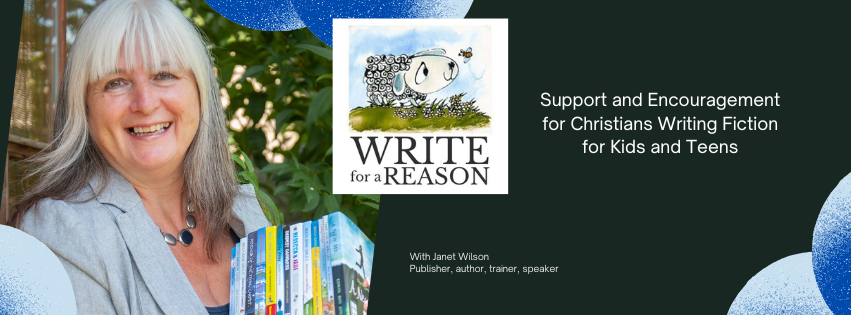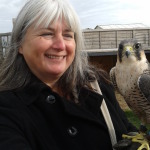Thank you to everyone who has made kind comments on the last post. As requested, here is a follow-up, with 3 more ways to improve the pace of your story!
1. Cut out ‘filler’ words
Consider the difference between these three phrases:
“It really was a very big chair.”
“It was a big chair.”
“It was a massive chair.”
The first phrase consists of seven words; I have cut down the second and third phrases to five words without any change in meaning. We all tend to have our favourite ‘filler words’ that we use in our writing on a regular basis (confession: mine is ‘just’!). Words like ‘just’, ‘simply’, ‘actually’, ‘really’, ‘very’ and ‘quite’ often sneak in under the radar – but they slow the pace and can often be removed with no loss to the story.
Why not scroll through your latest manuscript to see if you can find any filler words you could instantly and easily cut? You might be surprised how often some of those little fillers get in there!
While you are working on this, you might also consider replacing bland words with something stronger. In the example above I changed ‘really very big’ to ‘massive’ – do you think that works better?
2. Beware of long flowing descriptions that are supposed to evoke atmosphere . . . but are  ‘overdone’.
‘overdone’.
There is a place for atmospheric descriptions, but beware in your quest to craft beautiful sentences that you don’t go over the top and swamp your readers. There is a balance to be found.
 Descriptions that are too long and flowery could be compared to a room cluttered with ornaments – you can have too much of a good thing! You risk readers skimming over what you have written and missing what you really want them to see. Or horror of horrors, you could bore them! This is particularly true if you are writing for younger children. Carefully crafted ‘show not tell’ descriptions are essential to a good story, but keeping the balance between action and description is important to keep your story flowing along at a good speed.
Descriptions that are too long and flowery could be compared to a room cluttered with ornaments – you can have too much of a good thing! You risk readers skimming over what you have written and missing what you really want them to see. Or horror of horrors, you could bore them! This is particularly true if you are writing for younger children. Carefully crafted ‘show not tell’ descriptions are essential to a good story, but keeping the balance between action and description is important to keep your story flowing along at a good speed.
3. Avoid the passive tense.
Simply put, if you want your story to zip along at a good pace while engaging your readers, you need to make sure the character is doing the action, not the action happening to her. It’s a subtle difference, but if you use the passive voice, you are keeping your readers one step removed from the action, and the flow is more stilted. For example, consider the difference between these two phrases:
1. She was outrun by the dragon. (passive)
2. The dragon outran her. (active)
In the second example
*readers are closer to the action
*you need fewer words
*your story moves along at a better pace.
So there you have it; three more ways to improve the pace of your story . . . although don’t speed it up too much or you will miss the lovely scenery! 🙂
Did you find this post helpful? If you did, please subscribe to email updates, share with your friends and leave a comment – it’s always lovely to hear from you. 🙂
Together in His service,
Janet
PS I’ve kepy my falcon picture while still talking about pace, because Aero knows all about speed and he’s watching you 🙂


3 excellent points here! Especially point 2: inexperienced writers often spend far too many words, and indeed lines, describing things! It can be very boring, esp for children.
Thank you Clare. Yes, finding a good balance is definitely a challenge for new writers. And there are no rules, so it’s down to listening to that inner ear, practice, and someone who can give a professional manuscript criticism!